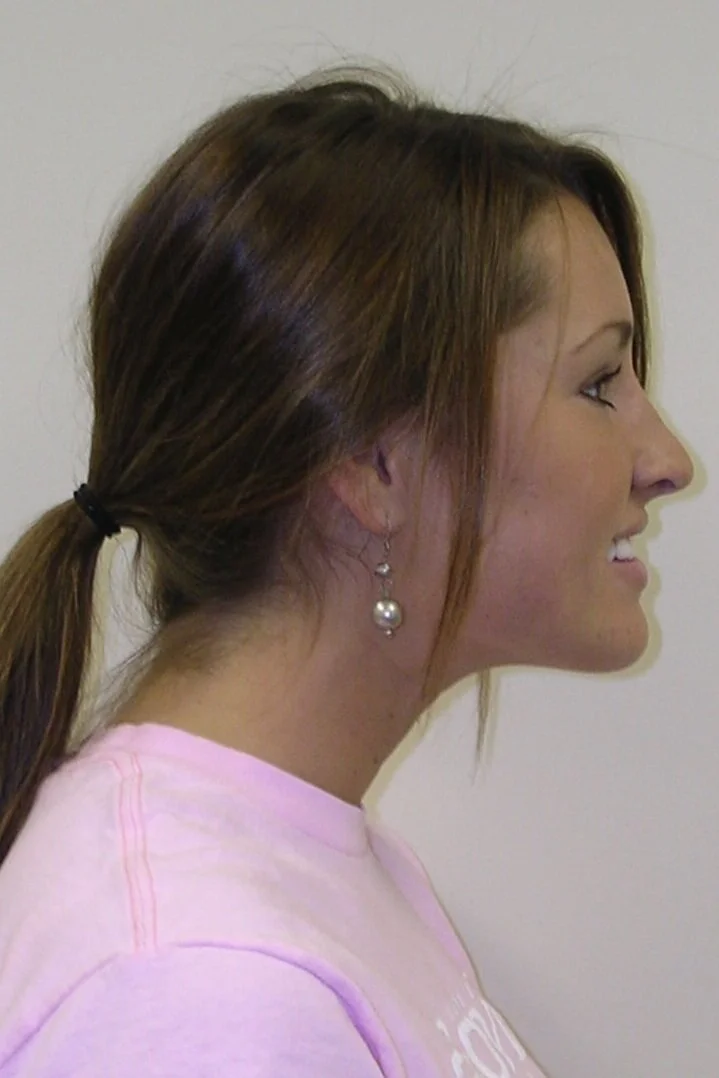Postural Rehab—Managing Forward Head Postures
Spinal Remodeling Using the S.M.A.R.T. Fulcrums.
Human posture is a complex phenomenon involving numerous factors. Some of these include; the brain’s proper reception and interpretation of afferent mechanoreceptor impulses originating from the head down to the soles of the feet, mechanical tension in the non contractile soft tissues, proper muscular strength, endurance and coordination, and reasonably normal skeletal architecture. The spinal remodeling techniques I will discuss are designed to introduce sustained passive stretching to taut or contracted soft tissues contributing to postural imbalance. Spinal remodeling is simply one tool in your bag of tricks as you try help your patient’s return to more optimum upright posture.
My first exposure to spinal remodeling concepts came from Burl Pettibon DC, in the seventies. Pettibon originally used rolled up towels (too squishy!) and eventually introduced a series of firm foam fulcrums to help reinforce the lordotic curves. Later, devotees of Harrison’s work would come up with a number of different shapes as well. At any rate, the idea of passively remodeling the spine over blocks or fulcrums certainly wasn’t an original idea on my part. Eventually, I took some basic fulcrum shapes that I and my late colleague (Dr. Don Durbin) had been using to good effect and marketed them through Matlin. Like most other things in postural chiropractic, it just seemed to be the next logical step.
In my experience, extension traction and exercise are considerably more effective in terms of restoring the sagittal curves than spinal remodeling. So why even bother with spinal remodeling you ask? Because, we all inevitably run across patients who can’t (or simply won’t) perform extension traction or postural exercise as they should. Such cases represent a unique management challenge because they need an easily tolerated therapy which requires little effort on their part to help restore normal posture. Here’s an introduction to using the S.M.A.R.T. series of fulcrums to help restore the normal spinal curves.
From The Top
We have to start somewhere, so let’s just look at the C-spine first. The S.M.A.R.T-C fulcrum is a basic wedge with spacer blocks which can be placed to adjust the height as needed. Regardless of whether your clinical goal is to remodel the cervical lordosis or to simply maintain a healthy curvature, the basic procedure is the same.
Spinal Remodeling the S.M.A.R.T. way.
1. Establish a comfortable height by starting with the TOP SECTION of the orthotic only. Generally the apex of the fulcrum is placed at the mid cervical area (C4/5) HOWEVER, the doctor may use his/her judgment to place the fulcrum so as to more effectively re-introduce the lordosis or better accommodate the patient’s comfort. Note that the more sloped side of the wedge should be away from the head. (See pic)
2. Add a layer or two as needed to more effectively introduce the lordosis taking care to not exceed your patient’s comfort level.
3. Instruct patient to relax over fulcrum for a few minutes daily and try to gradually increase their remodeling time (according to their own tolerance) to 20+ minutes daily for best results.
4. Once the patient can comfortably remodel for 20 plus minutes, you can add more layers as you determine best as long as it is well tolerated by the patient.
Spinal Maintenance Care the S.M.A.R.T. way.
Spinal maintenance is generally done for patients who either: 1) already have a healthy neck curve or 2) have reached maximum improvement of the cervical curve following a period of extension traction therapy. Patients should strive to stay over the orthotic for 10-15 minutes per session and perform 1-3 sessions weekly OR as directed by the doctor. Doctors should use their own judgment regarding frequency of maintenance sessions when considering variables such as occupation, general physical condition, history of injuries, etc.
General Information
The S.M.A.R.T. Series fulcrums start as low as $9.50 so this is a super affordable tool for use as outlined above. Of course, you will still need tools like extension traction and exercise to deliver your very best outcomes but these simple tools can be a great addition to your bag of tricks when trying to manage a subset of patients who have difficulty tolerating full extension traction/exercise. I will be covering the thoracic and lumbar orthotics in the next couple of newsletters. As always, I welcome your comments and questions.
Mark R Payne DC
Click the image below for more info on our low tech approach to postural rehab.




